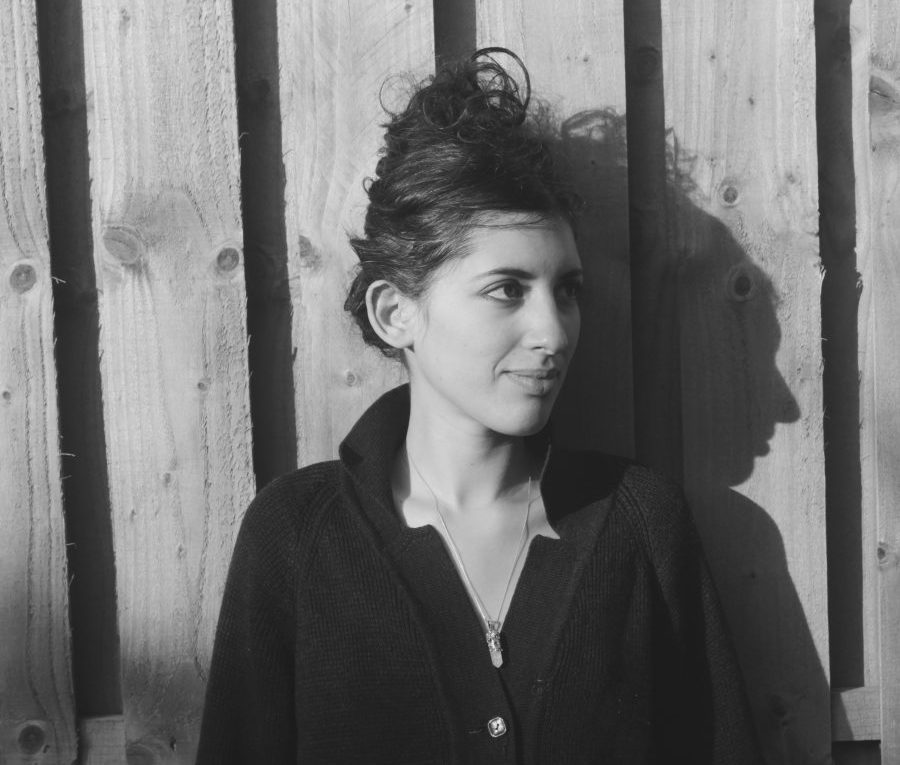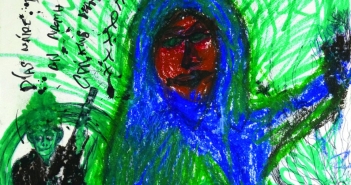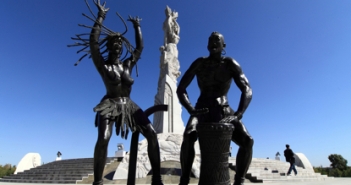Poiesis, from the Ancient Greek: ποίησις meaning knowing by making, is ‘the activity in which a person brings something into being that did not exist before.’[i]
It is the process of shaping as opposed to doing. It is not imposed; it is a process of listening; of working with. In an interview with Meredith Monk on her process she said, ‘I have to keep following it, and see what it needs.’[ii]
When we shape we are in dialogue with material, not merely self-expressing, but also being open to the unexpected, tapping into what some call ‘flow’; something beyond the self.
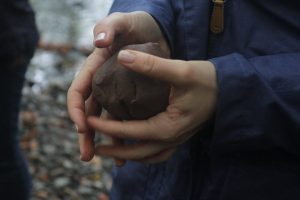
Origins
When I first moved to Ireland in 2002, I studied fine art in KCAT, an art centre with an inclusion policy where people with artistic talent, regardless of neurotypical or diverse definitions, all studied together. It meant my introduction to the stance taken by second level art education was inclusive, and never elitist.
I then moved to Dublin to study photography at Griffith College and pursue a longstanding dream to become a photographer. Having been introduced to photography at the age of ten, by twelve I was developing my own film and printing photos in the dark room.
I loved the tangibility of photography, and so the rise of digital photography initially brought heartache; I continued to crave the craft element. One of the ways I experimented was in creating sculptural photography, but it felt as if I had to make a hard case for it within my photography course.
I was on the road to completing my degree, while at the same time working for a youth service in the inner city, teaching cooking and setting up a community garden.
All the while attending exhibition openings and getting a taste of Dublin’s art scene, I was aware that the children and adults I was meeting through my work were not exposed to the galleries I was visiting, nor were they necessarily spaces in which they would have felt welcome.
My final photographic project was about the changing structure of family life in Ireland, and the gaps in legal services to represent their interests. By the end of the degree I came to realize that as much as I loved working with art, pursuing it as a solo career was not going to be enough. I wanted to learn more about bridging the two worlds of art and community.
Expressive Art Therapy
A month after graduating I began an MA in Expressive Arts Therapy (EXA) at The European Graduate School. I felt an immediate connection to the philosophy of EXA and its method of practice. EXA embraces intermodality, working with multiple forms within one session.
Suddenly my impulse for tangible photography needed no explanation. As with other therapy styles, the therapist creates a frame of trust by providing an environment free of judgment where a client feels held. With EXA, however, the element of art is what moves us into action.
The arts provide a safe container for the unknown to emerge, as we step away from linear thought patterns to discover the new. We suffer when we feel paralyzed and hopeless, and when what we perceive as possible feels restricted. Working with the imagination creates unrestricted openings wherein we feel empowered and excited to move into action.
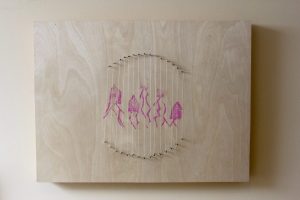
‘Who the city belongs to?’ Print on wood with nails and thread.
This work was made in July 2019 out of frustration with the current housing crisis.
In 2010, I co-founded Expressive Arts Ireland with my parents, both of whom are expressive art therapists. Since then we have been facilitating professional and self-development workshops and collaborating with international universities.
Initially, while working with the intermodal approach our core subjects differed; my own photography; my father’s storytelling; and my mother’s nature; nowadays one flows into the other.
Environment
It has become increasingly important for me to work with nature. Natural disasters around the world had been overwhelming me to a point of despair and numbness.
Last September we decided to offer a weekend workshop integrating arts and nature. We worked with people’s inherent connection to nature, and in doing so broke down some of the boundaries separating ourselves from nature.
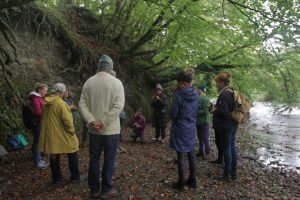
By focusing on personal and individual stories we are reminded of human resilience which builds hope. Working with nature, we see ourselves as an intrinsic part of it, neither separate nor opposed.
This thinking leads to new behaviour, which in turn leads to change; this leads to empowerment and ultimately system change. By regaining faith we foster the power to move into action.
Curating
As well as working with Expressive Arts, I have also worked for community organizations and charities. In recent years I became an outreach facilitator for artists with autism, promoting participation and inclusion through the arts by curating exhibitions and supporting their careers.
With Autism Initiatives I curated and coordinated a group show at the Mermaid Arts Centre in 2018 called INSIDEOUT / MAKERS, as well as an exhibition and associated publication entitled ‘Bringing About The New’, at The Lexicon Library in 2019.
I am currently working independently with one of the artists from the group, who will launch his first solo show in 2021. At each exhibition the works were carefully handled, beautifully framed and presented, enhancing and fostering the artists’ pride and self-regard.
How we respond to what is made and how we take care of it is no less valuable than the process of creation. Notably, artists revisiting the show following its opening related differently to the public space as they now felt a sense of ownership over it.
Art spaces which promote diversity are beneficial to all members of society, as we advance through exposure to a wide range of views and experiences. Any progressive society must challenge prevailing understandings of value and ability. Art spaces can be forerunners in advocating for diversity.
Art is an amazing communication tool for social change, with the capacity to convey messages through metaphor and by invoking emotional and contemplative responses. Through art we can work with what connects, rather than separates, us from one another.
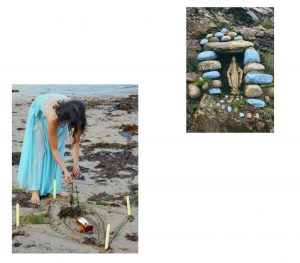
This performance took place in September, 2019 at a week long residential Body/Landscape workshop on Arranmore Island, Donegal, with the dancer and choreographer Frank van de Ven.
At various locations on the island, and in particular at the fisherman’s dock, I encountered sculptures of Mary. I learned that the fishermen prayed before going out to sea, some of them not knowing how to swim. For me it drew a connection with the natural crisis; people sending their prayers yet not being called into action.
Art as an agent for change
Life for me is about asking questions; without interrogation there is little capacity for change. But to be in a position to ask ourselves profound, life-altering questions, we need to feel acknowledged, loved and accepted.
Only then can we embrace life’s uncertainties and provisionality. Art-making provides a frame within which we make sense of the world, while accessing an opportunity for shifts in thinking. William Kentridge describes his process as such: ‘The hope is the work itself will not just give you an answer, but even provide the questions and make connections you hadn’t thought of before.’[iii]
I believe the personal is political and that in making changes in our lives we are taking part in collective transformation around the world. Embodiment of this notion ignites a fire within us to take responsibility and a pride in our capacity to contribute to shape a healthy society.
I trust there are many others out there that desire and conceive of a better life for all. In supporting people to embark on an artistic journey through the expressive arts approach, and community engagement projects, I hope I am partaking in facilitating this global transformation.
To find out more about Expressive Art Therapy and our upcoming workshops please visit www.expressiveartsireland.com

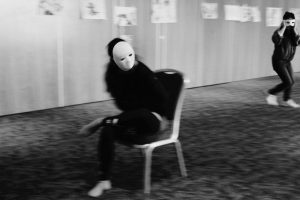
Weekend Introduction Workshops 2020:
Integrating the Arts of Storytelling With Expressive Arts Therapy
March 20th, 21st, 22nd.
Integrating Intermodal Arts and Photography With Expressive Arts Therapy.
May 15th,16th,17th.
Integrating Art and Nature in Expressive Arts Therapy
September 25th ,26th, 27th.
[i] Donald Polkinghorne, Practice and the Human Sciences: The Case for a Judgment-Based Practice of Care, SUNY Press, 2004, p. 115.
[ii] Meredith Monk, ‘I believe in the healing power of art,’ Tate Gallery, November 3rd, 2017, https://www.tate.org.uk/art/videos/tateshots/meredith-monk-i-believe-healing-power-art
[iii] William Kentridge, ‘Instructions on making sense of the world,’ Text by Kerri von Geusau, TLMag https://tlmagazine.com/william-kentridge-instructions-on-making-sense-of-the-world/

